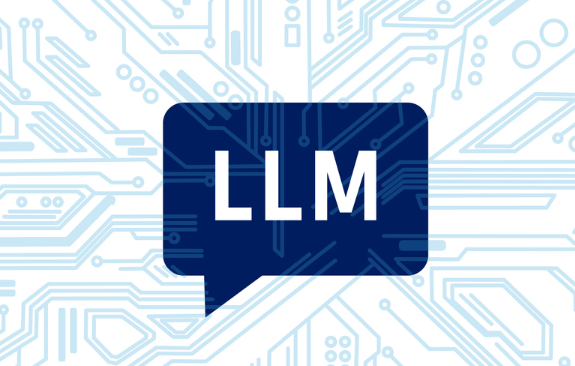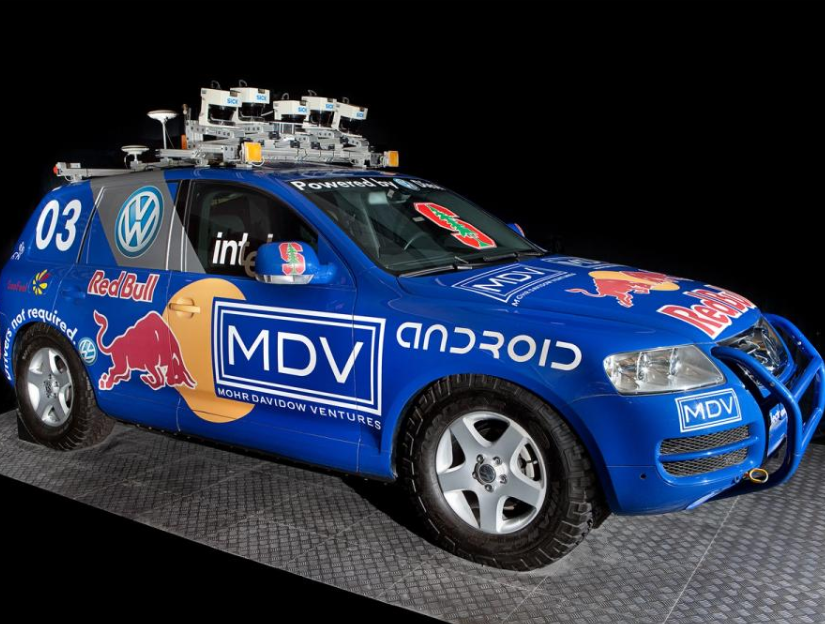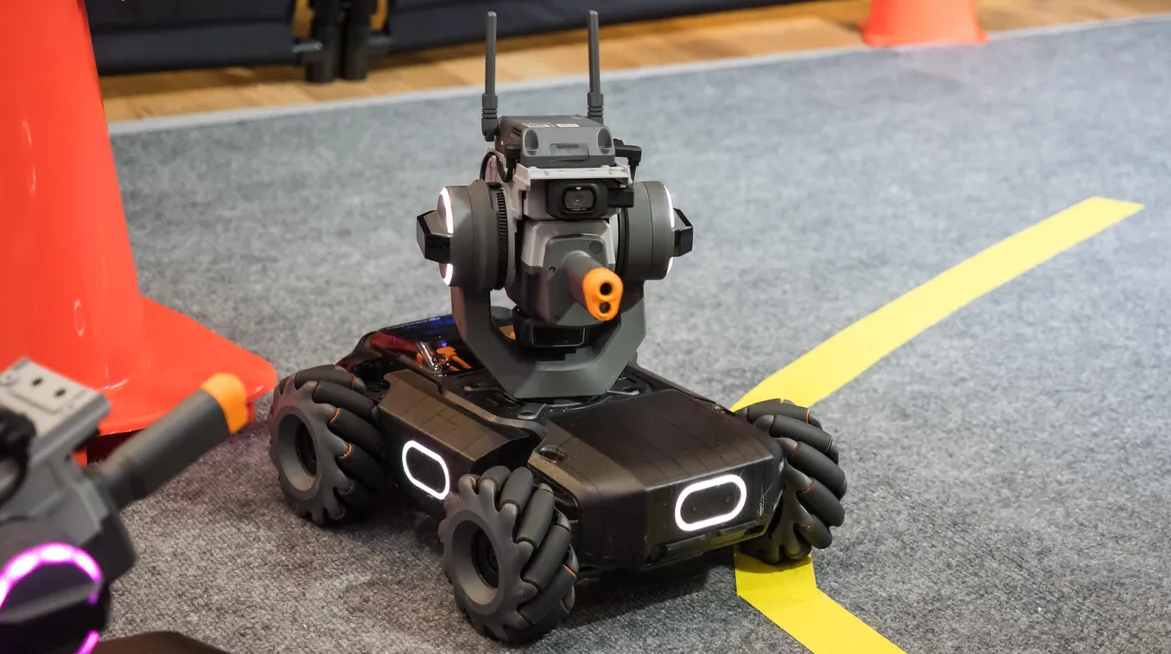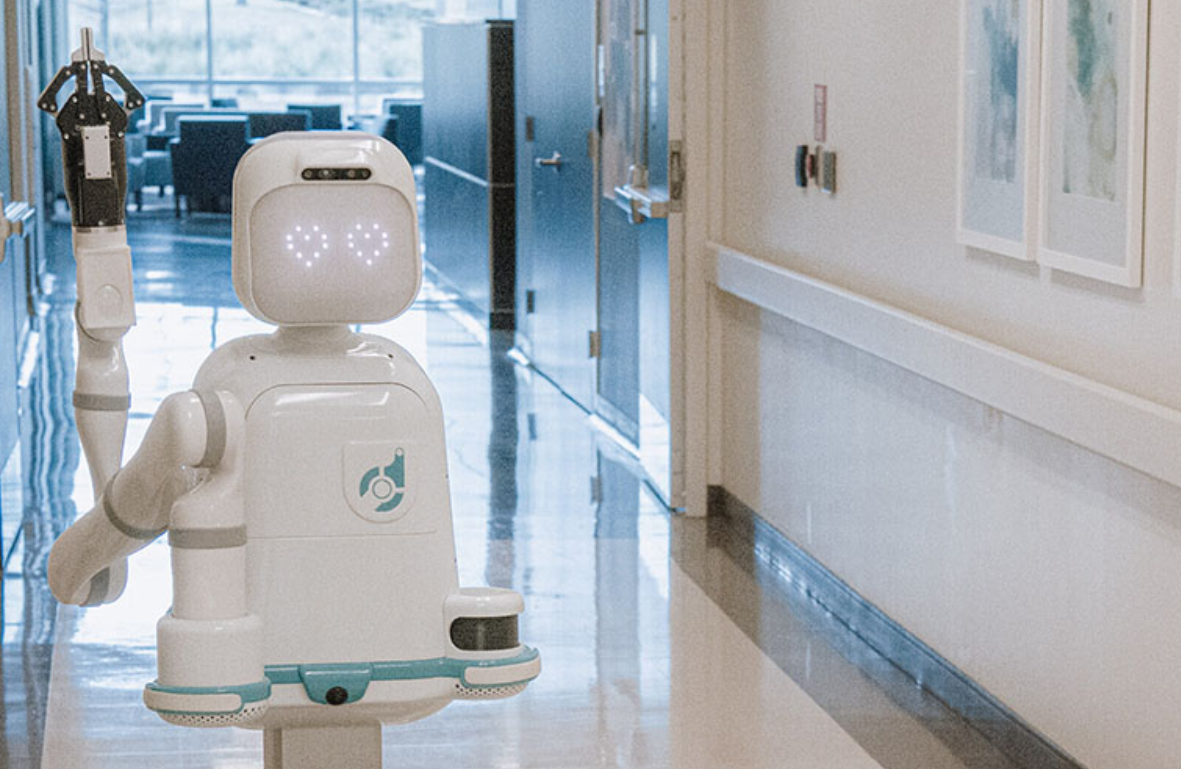ZeroSearch AI Technology represents a groundbreaking advancement in artificial intelligence training methodology, fundamentally transforming how large language models learn to perform web searches. This innovative framework has captured the attention of the AI community by demonstrating an unprecedented 88% reduction in training costs while maintaining superior performance compared to traditional methods. Unlike conventional approaches that rely heavily on expensive API calls during training, ZeroSearch employs a sophisticated simulation-based strategy that eliminates the need for costly real-time search operations. The technology addresses one of the most pressing challenges in AI development - the prohibitive costs associated with training language models to effectively utilise search capabilities. By implementing a two-step simulation process, ZeroSearch enables AI systems to develop robust search competencies without the financial burden that has historically limited access to advanced AI training for many organisations.
Understanding ZeroSearch AI Technology and Its Revolutionary Approach
The core innovation behind ZeroSearch AI Technology lies in its ability to simulate search environments without requiring actual API calls during the training process ??. Traditional methods for training large language models to perform searches typically involve making thousands of real API calls to search engines, resulting in substantial costs that can reach hundreds of dollars for relatively small training datasets. ZeroSearch fundamentally reimagines this process by creating a simulated search environment that provides realistic training scenarios without the associated financial overhead.
The framework operates through a sophisticated two-step simulation strategy that first trains a simulation model to mimic search engine behaviour, then uses this model to train the target language model. This approach has proven remarkably effective, with testing showing that training costs using ZeroSearch with a 14B simulation model running on four A100 GPUs costs just $70.80 compared to traditional methods that can cost over $600 for similar training volumes.
What makes ZeroSearch particularly impressive is its ability to maintain or even exceed the performance of traditionally trained models whilst operating at a fraction of the cost. The technology has been rigorously tested across various benchmarks and consistently demonstrates superior results in search-related tasks, proving that cost reduction doesn't come at the expense of quality or effectiveness.
How ZeroSearch AI Technology Transforms LLM Training Economics
The economic implications of ZeroSearch AI Technology extend far beyond simple cost savings, fundamentally altering the accessibility landscape for advanced AI development ??. Before ZeroSearch, organisations seeking to train language models with robust search capabilities faced significant financial barriers that often made such projects economically unfeasible. The traditional approach required substantial budgets to cover API costs, making advanced AI training accessible primarily to well-funded corporations and research institutions.
ZeroSearch democratises access to high-quality AI training by reducing the financial threshold for entry. Small to medium-sized companies, academic researchers, and independent developers can now afford to train sophisticated language models with search capabilities that were previously out of reach. This cost reduction of approximately 88% represents more than just savings - it represents a fundamental shift in who can participate in cutting-edge AI development.
The technology also enables more extensive experimentation and iteration during the development process. With traditional methods, each training run represented a significant financial commitment, limiting the number of experiments researchers could afford to conduct. ZeroSearch removes this constraint, allowing for more thorough testing, optimisation, and refinement of AI models without the fear of escalating costs.
Implementation Framework and Technical Architecture
The technical implementation of ZeroSearch involves several sophisticated components working in harmony to achieve its remarkable cost efficiency ??. The framework begins with the creation of a simulation model that learns to replicate the behaviour and responses of real search engines. This simulation model is trained on historical search data and learns to generate realistic search results that closely mirror what would be obtained from actual API calls.
Once the simulation model is established, it serves as the training environment for the target language model. Instead of making expensive API calls to real search engines, the language model interacts with the simulation, receiving realistic search results and learning to formulate effective search strategies. This process maintains the educational value of real search training whilst eliminating the associated costs.
The architecture also incorporates reinforcement learning techniques that help the language model develop increasingly sophisticated search strategies over time. The model learns not just to perform searches, but to optimise its search queries, interpret results effectively, and integrate search findings into coherent responses.
Practical Applications and Use Cases for ZeroSearch AI Technology
The practical applications of ZeroSearch AI Technology span numerous industries and use cases, each benefiting from the combination of cost efficiency and high performance ??. E-commerce platforms can leverage ZeroSearch to train customer service chatbots that can effectively search product databases and provide accurate recommendations without incurring prohibitive training costs. These applications require models that can understand complex product queries and retrieve relevant information quickly and accurately.
Educational technology represents another significant application area where ZeroSearch excels. Educational platforms can train AI tutors that can search vast knowledge bases to provide students with accurate, contextual information. The cost savings enabled by ZeroSearch make it feasible for educational institutions to develop and maintain sophisticated AI-powered learning assistants that can adapt to individual student needs.
Content creation and journalism also benefit substantially from ZeroSearch-trained models. News organisations and content creators can develop AI assistants that can research topics, fact-check information, and provide comprehensive background research without the ongoing costs associated with traditional search API usage. This capability enables smaller news organisations to compete with larger entities that previously had exclusive access to such advanced AI tools.

Performance Benchmarks and Comparative Analysis
Performance evaluation of ZeroSearch AI Technology reveals consistently impressive results across multiple metrics and benchmarks ??. Independent testing has shown that models trained using ZeroSearch not only match the performance of traditionally trained models but often exceed them in key areas such as search query formulation, result interpretation, and response synthesis.
| Training Method | Cost per 64K Examples | Performance Score | Training Time |
|---|---|---|---|
| Traditional API-based | $600+ | 85.2% | 12-16 hours |
| ZeroSearch Framework | $70.80 | 87.1% | 8-10 hours |
| Cost Reduction | 88% savings | +2.2% improvement | 25% faster |
The performance advantages of ZeroSearch extend beyond simple cost metrics to include improvements in training speed and model quality. Models trained using ZeroSearch demonstrate superior ability to handle complex, multi-step search tasks and show better generalisation to new domains and query types.
Step-by-Step Implementation Guide
Implementing ZeroSearch AI Technology requires careful planning and execution across several critical phases ??. The following comprehensive guide outlines the essential steps for successful deployment:
Step 1: Environment Setup and Infrastructure Preparation
Begin by establishing the necessary computational infrastructure, including GPU resources capable of handling the simulation model training. The recommended setup includes at least four A100 GPUs or equivalent hardware to ensure optimal performance. Install required dependencies including PyTorch, transformers libraries, and specialised ZeroSearch framework components. Configure distributed training capabilities if working with larger models or datasets.
Step 2: Data Collection and Preprocessing
Gather comprehensive training data that includes search queries, corresponding results, and user interaction patterns. This data serves as the foundation for training the simulation model. Preprocess the data to ensure consistency, remove duplicates, and format it according to ZeroSearch specifications. Quality of training data directly impacts the effectiveness of the simulation model.
Step 3: Simulation Model Training
Train the simulation model using the prepared dataset, focusing on creating accurate representations of search engine behaviour. This phase typically requires 24-48 hours depending on data size and model complexity. Monitor training metrics closely to ensure the simulation model achieves sufficient accuracy before proceeding to the next phase.
Step 4: Target Model Integration
Integrate the trained simulation model with your target language model architecture. Configure the reinforcement learning components that will guide the target model's learning process. Establish evaluation metrics and monitoring systems to track training progress and model performance throughout the training cycle.
Step 5: Training Execution and Optimisation
Execute the main training process, allowing the target model to interact with the simulation environment. Continuously monitor performance metrics and adjust hyperparameters as needed. This phase benefits from iterative refinement, with multiple training cycles often producing superior results compared to single extended training sessions.
Step 6: Validation and Performance Testing
Conduct comprehensive testing using held-out datasets and real-world scenarios to validate model performance. Compare results against baseline models and traditional training methods to confirm the effectiveness of the ZeroSearch approach. Document performance metrics and identify areas for potential improvement.
Step 7: Deployment and Monitoring
Deploy the trained model to production environments with appropriate monitoring and logging systems. Establish feedback loops to continuously improve model performance based on real-world usage patterns. Implement regular retraining schedules to maintain model accuracy and relevance over time.
Common Challenges and Solutions
Whilst ZeroSearch AI Technology offers significant advantages, implementation can present certain challenges that require careful consideration and strategic solutions ???. One common issue involves ensuring the simulation model accurately represents real search engine behaviour across diverse query types and domains. This challenge can be addressed through comprehensive training data collection and regular validation against real search results.
Another frequent challenge relates to computational resource management during the initial simulation model training phase. Organisations may find that the upfront computational investment required for simulation model training appears substantial, though it pays dividends through subsequent cost savings. Strategic resource planning and potentially leveraging cloud computing resources can help manage this initial investment effectively.
Model generalisation represents another area requiring attention, as simulation-trained models must perform effectively on real-world queries that may differ from training scenarios. Regular evaluation against diverse test sets and continuous model updates help maintain robust performance across various applications and use cases.
Future Developments and Industry Impact
The introduction of ZeroSearch AI Technology signals a broader transformation in how the AI industry approaches training cost optimisation ??. As more organisations adopt simulation-based training methodologies, we can expect to see continued innovation in this space, with new frameworks building upon ZeroSearch's foundational concepts to address additional training challenges.
Industry experts predict that ZeroSearch-style approaches will expand beyond search training to encompass other expensive API-dependent training scenarios. This evolution could revolutionise training methodologies for models requiring interaction with external services, databases, or specialised tools, further democratising access to advanced AI capabilities.
The economic implications extend to the broader AI ecosystem, potentially accelerating innovation by removing financial barriers that have historically limited experimentation and development. Smaller companies and research institutions can now compete more effectively with larger organisations, fostering a more diverse and innovative AI development landscape.
As ZeroSearch continues to evolve, we anticipate improvements in simulation accuracy, expanded support for different types of external services, and enhanced integration capabilities with existing AI development workflows. These developments will further solidify ZeroSearch's position as a transformative technology in the AI training landscape.








